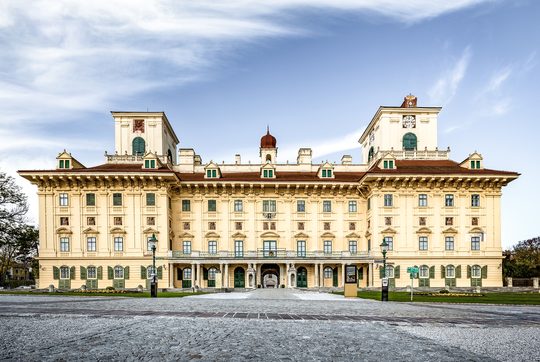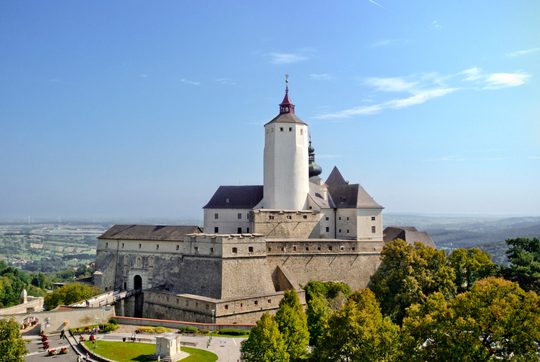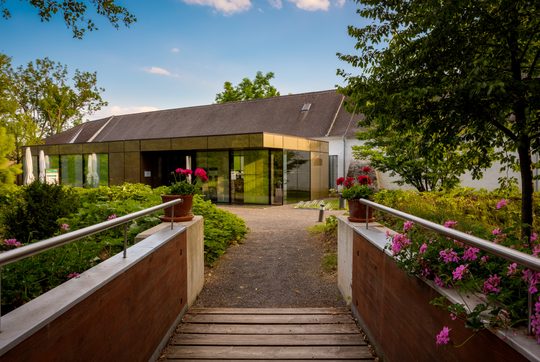In the Fairyland: Baroque Splendour
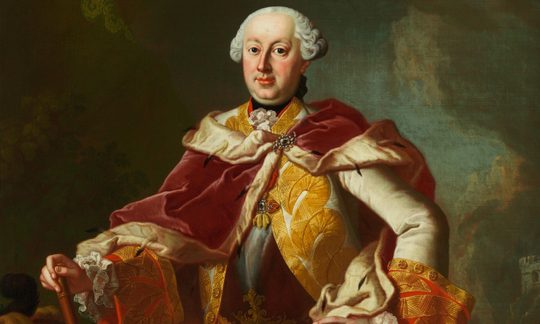
Prince Paul Anton Esterházy (Paul II) (1711-1762) stood out already in his student years at the University of Leiden thanks to his book collection and took advantage of the possibilities offered to him by the Italian art market due to his role as imperial ambassador to Naples.
He enthusiastically collected French fiction and above all music scores, for which he spent enormous sums: The founding of the collections of secular and sacred music, the so-called Musikarchiv, occurred during this period. Today, there are over 5000 autographs of scores by Albrechtsberger, Haydn, Hummel, Mozart and Beethoven stored here at Eisenstadt.
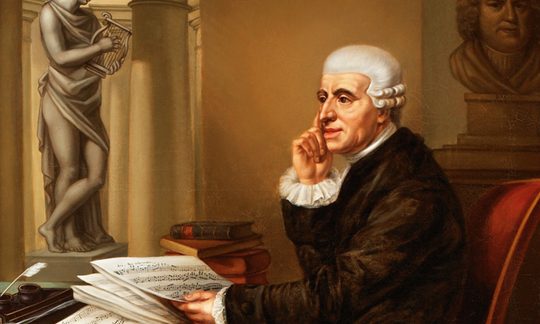
With the appointment of Joseph Haydn as Kapellmeister to the princely court chapel in 1761, Paul II Anton entered music history and thereby the hitherto entirely Hungarian imprint of the Esterházy court was fully adapted to European archetypes.

Prince Nikolaus I (1714-1790)—with the ‘splendour-loving’ epithet—erected the family’s rococo residence in the lowlands of the southern Neusiedler Lake, which he called ‘Eszterháza’ and to which his contemporaries paid homage as the ‘Hungarian Versailles’.
The palace’s hall alignments were most definitely derived from French rococo and the most precious materials the world over, out of which furniture and items from the porcelain and silver chamber in particular have been preserved in the collections of the Esterházy Private Trust. The inventory of valuables made of Meissen, Sevre and Vienna porcelain and that of numerous small German manufacturers, as well as the large amount from Asia, demonstrates the Esterházys’ interest in glamorous holding of court and its international relations in purchasing.
This princely ‘fanfaronade’ culminated in a gigantic garden of roughly 140 hectares that elided into a game reserve, a proprietary marionette theatre and the famous opera house in which Haydn was active. In addition to ballrooms, the palace incorporated two libraries, the Esterházy picture gallery that in the meantime had grown to 348 paintings, and offered Europe’s noblesse glamorous rococo festivals under the broad sky of the Puszta.
It was also Nikolaus Esterházy I who rhapsodically captivated the young Goethe with his lustrous festive illumination in the turmoil of the coronation ceremonies in Frankfurt am Main in 1756. His golden gala wagon is the centrepiece of the Esterházy wagon and carriage collection.

